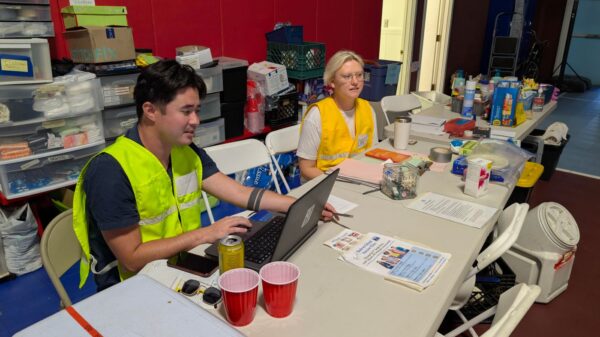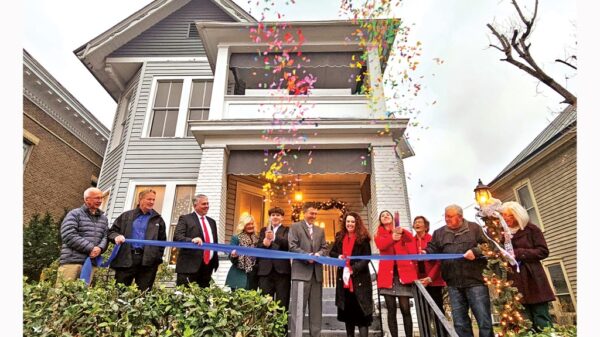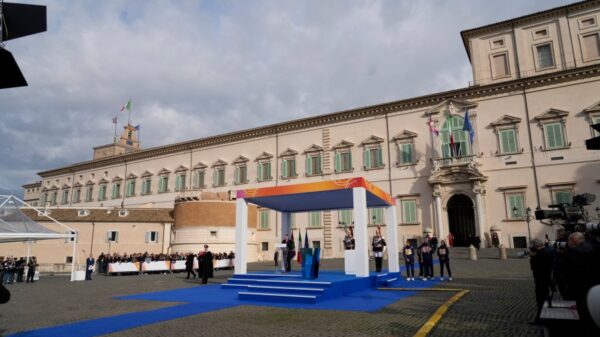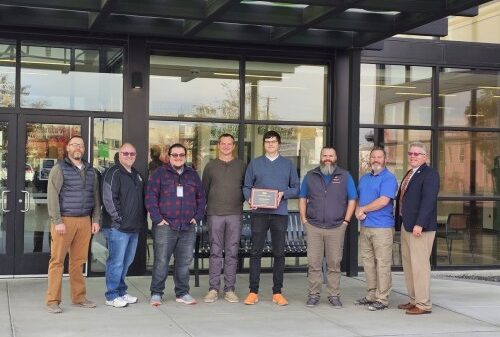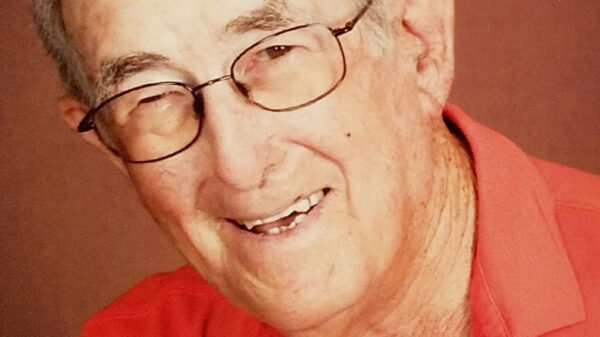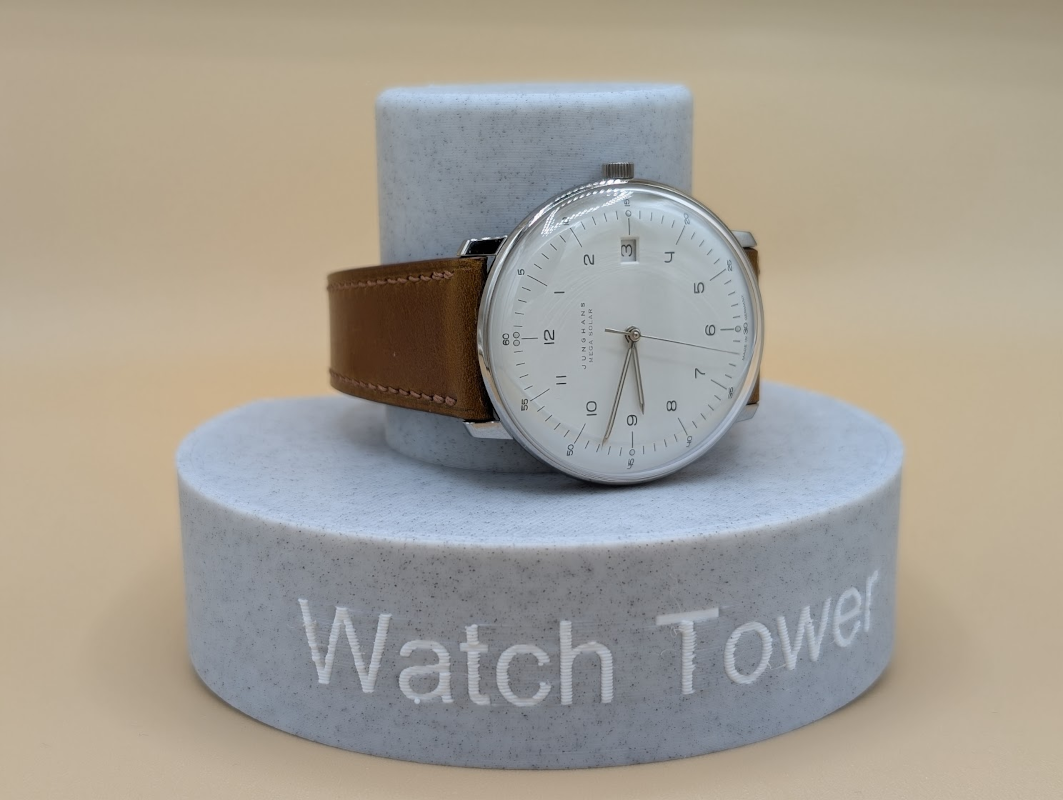For residents of the continental United States lacking access to an NTP server or GPS device, the WWVB radio signal serves as an essential alternative for accurate timekeeping. Transmitted from Colorado, this 60-bit, 1 Hz signal reaches all 48 contiguous states, offering a method to synchronize clocks within a few hundred nanoseconds of the official time. However, in areas with high electromagnetic noise, particularly coastal or urban regions, these radio-based clocks can experience interruptions in receiving updates.
To address this issue, innovator Mike has developed a repeater for the WWVB signal. This device enhances the reliability of time synchronization by offloading most radio components to an Arduino microcontroller. The microcontroller captures the WWVB signal and retransmits it at a lower power to nearby devices, such as wristwatches, ensuring more consistent synchronization.
Enhancing Time Accuracy
The repeater operates effectively within a short range, typically just a few inches, allowing multiple timekeeping devices to synchronize simultaneously. It features an improved antenna designed for better reception of the WWVB signal, which minimizes the occurrence of watches failing to synchronize at least once daily, a situation that, while uncommon, can be frustrating for users.
The WWVB broadcasts a pulse-width modulation (PWM) signal, which is straightforward for an Arduino to replicate. However, Mike incorporated a DRV8833 amplifier into his design to produce a significantly stronger radio signal. This enhancement makes the repeater more effective in noisy environments, expanding its utility for users who rely on precise timekeeping.
A User-Friendly Solution
While other projects have aimed at enhancing the WWVB signal, Mike’s design emphasizes improved range and usability. He has selected components that are readily available and easy to work with, making the project accessible for hobbyists and beginners alike.
His comprehensive build instructions cover all necessary steps, ensuring that even those with little prior experience can replicate the project successfully. Mike’s innovation not only contributes to the field of timekeeping technology but also exemplifies the spirit of DIY engineering, combining accessibility with functionality.
In conclusion, Mike’s WWVB repeater represents a significant advancement for those needing reliable time synchronization, particularly in challenging environments. As technology continues to evolve, projects like this highlight the potential for individual innovators to improve everyday solutions through creativity and technical skill.





